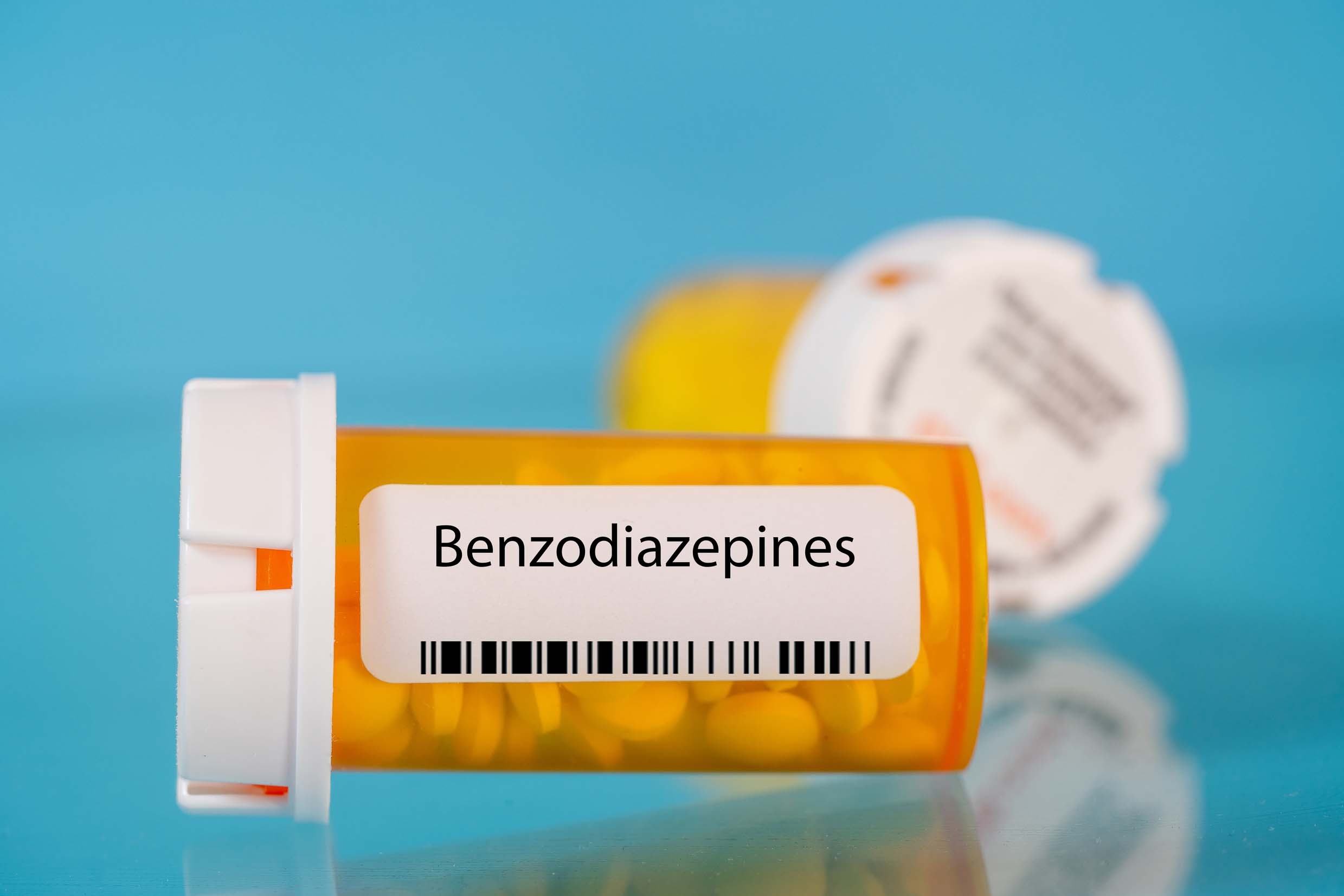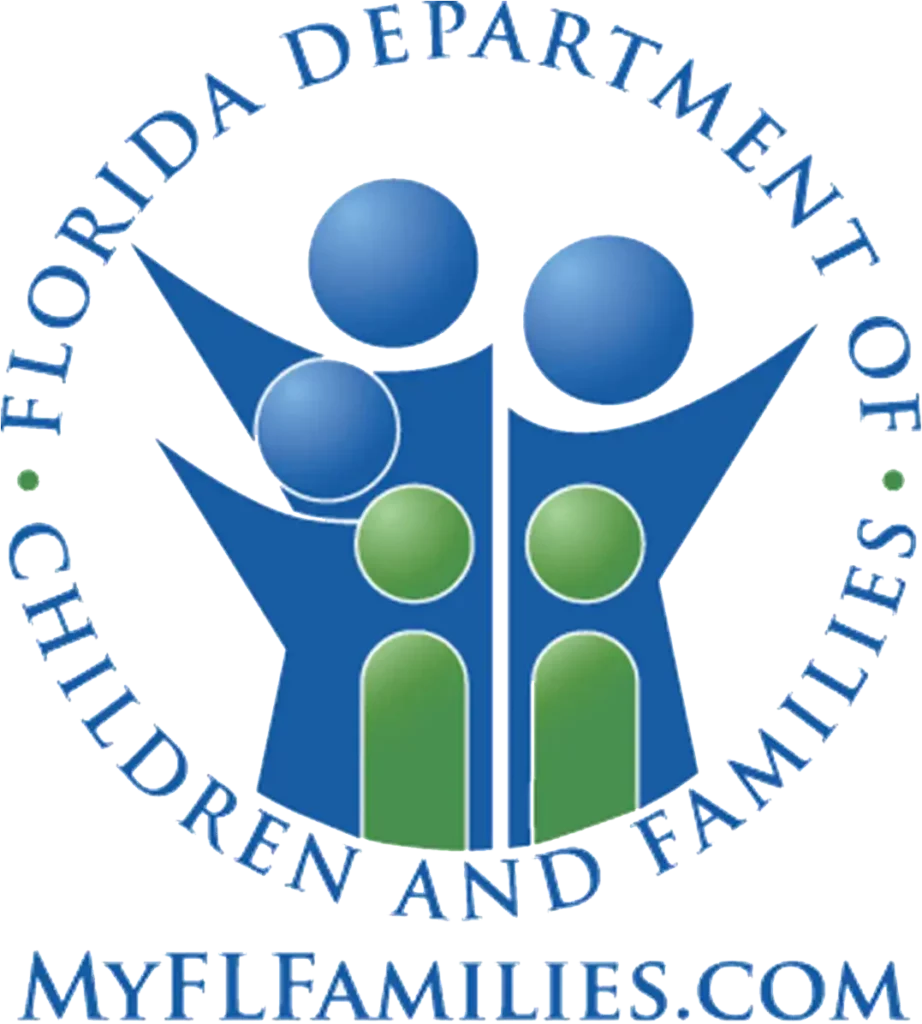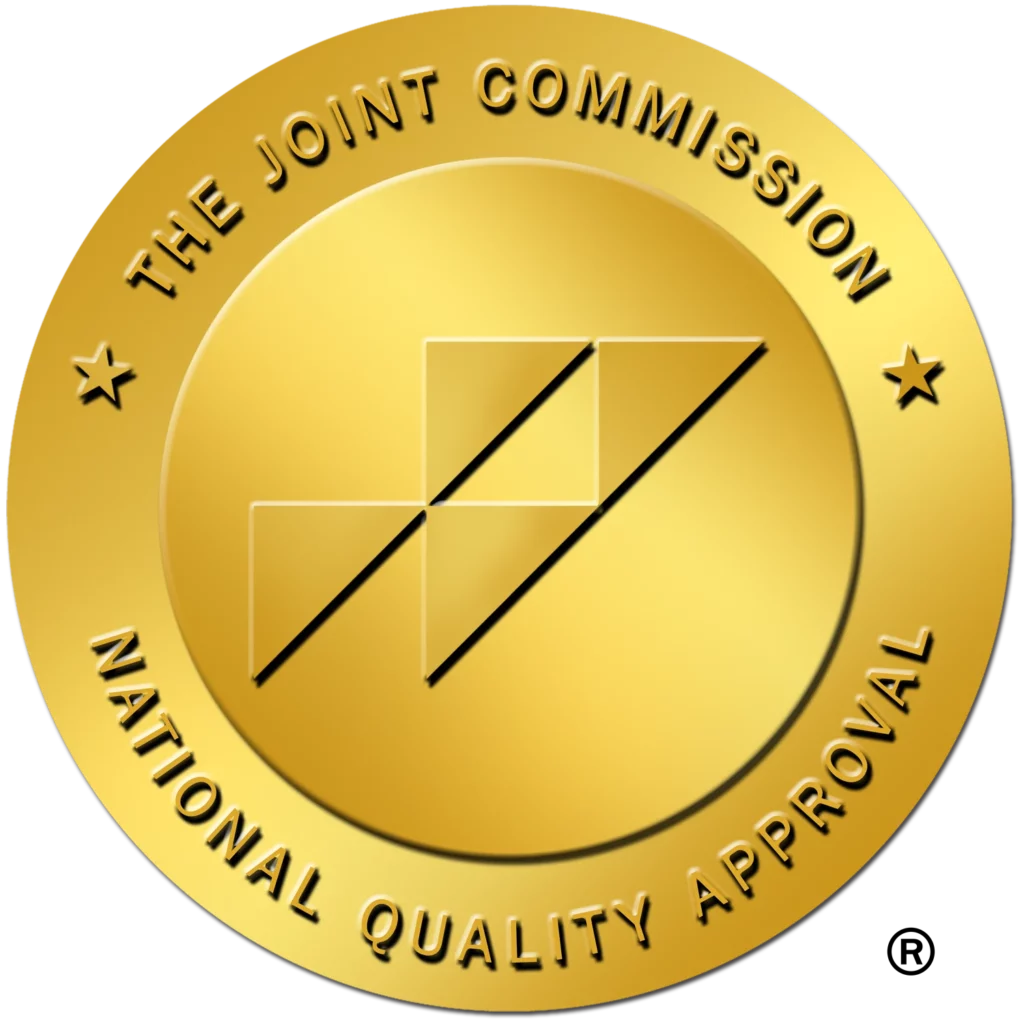No Safe High: Why Fentanyl Overdose Is the Leading Cause of Death for Adults 18 to 45
This entry was posted in Fentanyl, Opioids and tagged fentanyl leading cause of death, fentanyl overdose, why so many fentanyl overdoses on January 31, 2023 by Justin Baksh, MS, LMHC, MCAP, Chief Clinical Officer.

A firefighter. A recent college grad. A teenager. An 18-month-old baby. What do they all have in common? They are all part of a disturbing trend of fatal fentanyl overdose deaths… and all occurred in just the last few weeks.
Fentanyl Overdoses Increasing
As recently as 14 years ago, fatal fentanyl overdoses were much less frequent. They numbered 8,050 in 1999. By 2015, the amount more than tripled to 33,091. Just six years later, in 2021, the rate more than doubled again, to 70,601. That’s 193 people every day – one person every 10 minutes – lost to fentanyl in the United States alone. (Preliminary 2022 numbers will be available later this year).
These steep increases in fentanyl overdoses are driving the overall US overdose rate higher virtually every year… with no end in sight. In fact, more than 80 percent of overdose deaths involve fentanyl. You can also see fentanyl’s impact with other telling statistics from the Centers for Disease Control and Prevention (CDC):
- The number one cause of death for adults 18 to 45 is now synthetic opioid (largely, fentanyl) overdose
- Fentanyl overdose is also a factor in US life expectancy rate sinking to its lowest level in close to 20 years
Why is Fentanyl Killing So Many?
The answer is multifold; but it boils down to two simple economic terms: supply and demand. Indications are that both are increasing.
Increasing Supply: A Fentanyl Tsunami
“‘They’re zombifying people,’ said Marche Osborne who lives on the streets in Tacoma, Washington.
She’s been addicted to opioids for 18 years and prefers heroin, but says fentanyl is now the only drug street dealers are offering.
‘Anybody will do anything for a pill, it’s ridiculous. They’re dehumanizing people. It’s not a good thing. It’s not going to go anywhere good if [the spread of fentanyl] continues,'”
– NPR.org
Drug dealers have (unfortunately) found a goldmine in fentanyl. It is less expensive than heroin and much more potent – 50 to 100 times more so than morphine – and highly addictive.
That could be one reason why a flood of fentanyl is coming over the border. In 2022, the Drug Enforcement Administration (DEA) seized an even “far greater” amount of fentanyl that ever before, as they announced in December. This is on top of over 11,201 pounds seized by border officials in 2021, which was a 134 percent increase over the previous year, and 400 percent higher than just three years ago.
Increasing seizure amounts still have not made a big dent in supply, however. In fact, the street price of fentanyl has dropped 50 percent, according to border patrol officers. Price drops of that magnitude typically signal a glut of supply on the market.
A Deadly Game: Fentanyl in Other Street Drugs
“Buying drugs on the street is a game of Russian roulette. From Xanax to cocaine, drugs or counterfeit pills purchased in nonmedical settings may contain life-threatening amounts of fentanyl.”
– Kavita Babu, MD, Chief of Medical Toxicology at UMass Chan Medical School, Medical Toxicologist
While state legislatures have cracked down on prescription opioids, illicit ones have proliferated. And it’s not just that there is more fentanyl out there, it is also in more street drugs that ever before. Fentanyl has been found in everything from cocaine to marijuana and heroin to pills.
Truly, if you’re taking street drugs, you don’t know what you’re getting.
- More than half, or 60 percent, of fake prescription pills were laced with a potentially fatal dose fentanyl in 2022, according to the DEA. This is up from 40 percent in 2021.
- As the National Institute on Drug Abuse reports, “the number of deaths in combination with synthetic opioids other than methadone has been increasing steadily since 2014 and is the main driver of cocaine-involved overdose deaths.”
- Other sources reported that fentanyl was present in 75 percent of cocaine overdoses and 50 percent of methamphetamine overdoses in 2021. This is slightly higher than the 71 percent and 49 percent, respectively, in 2020.
Street drugs are by nature unregulated. Therefore, the same dose of a different batch of a drug can easily have more fentanyl than the last. While a few lines of cocaine may have been no problem last week, the same amount of a new batch could kill in seconds today.
Increased Access to Fentanyl: Social Media & More
“Three years ago, Amy Neville went to her son Alex’s bedroom and found the 14-year-old lying dead on a bean bag chair. He had overdosed… on fentanyl…
According to Neville, her son began experimenting with illicit opioids and other drugs while using the social media site Snapchat.
‘It was on Snapchat that Alex was able to visit with dealers and other users. It was on Snapchat that he set up a deal to get pills,’ she said.
The dealer who sold fentanyl to Alex was never caught or prosecuted. Snapchat hasn’t acknowledged any role in his death.”
– NPR.org
With its disappearing messages and anonymity, SnapChat has become the target of a federal investigation. Despite its visibility, however, it is important to realize that all social media companies are currently legally immune from any liability for user-generated content on their platforms, thanks to Section 203.
The onset of smart phones has made it easier than ever for those seeking drugs to find them. They are in nearly everyone’s hands: 85% have a smartphone in the U.S. What’s more, virtually all (95 percent) of teens have access to a smart phone, whether it’s their own or their parent’s, and about half (45 percent) of 10 to 12-year-olds have a smartphone with a plan

Now, More people can be reached in less time than ever before, utilizing not just social media but texting, the dark web, and other means. It has been often said the ordering drugs off the Internet is “as easy as ordering a pizza.”
For example, there are dozens of emojis signifying drugs, including one for drug dealers and several announcing a dealer advertising drugs for sale. Unfortunately, a parent without knowledge of the secret meaning of these emojis is likely to see them as innocuous, even if they are monitoring all messages and accounts their children may have.
Increasing Demand: Mental Health Epidemic & More
The flip side to supply is demand. If there were no market for drugs and their escapist benefits, there would be no drug problem. Therefore, we have to look at why people turn to drugs in the first place. Unfortunately, the same reasons that have fueled drug use for decades are still in play today.

Childhood Trauma
The Adverse Childhood Experiences study revealed that six in 10 adults have lived through at least one traumatic event, called an ACE, in their childhood.
ACEs were originally defined as one of 10 events occurring during childhood, including:
Adverse Childhood Events (ACEs)
- Emotional (Verbal) Abuse
- Physical Abuse
- Sexual Abuse
- Physical Neglect
- Emotional Neglect
- Family member with a Mental Illness
- Incarcerated Family Member
- Losing a Parent (divorce, separation, or death)
- Substance Abuse in the Home
- Violent Treatment of the Mother
However, because trauma is experienced and interpreted personally, this is by no means an exhaustive list. Unfortunately, experiencing trauma is a big driver for substance abuse. Having just one adverse childhood event, for instance, can double the chance of becoming an alcoholic or an intravenous drug user. Here is how it breaks down:
ACEs and the Risk of Becoming an Alcoholic
- 1 ACE = 2x the risk
- 2 ACEs = 3x the risk
- 3 ACEs = 4x the risk
- 4 or more ACEs = Over 5x the risk
ACEs and the Risk of Becoming an Intravenous Drug User
- 1 ACE = 2x the risk
- 2 ACEs = 6x the risk
- 3 ACEs = 9x the risk
- 4 or more ACEs = Over 13x the risk
Childhood trauma is a predictor of later substance abuse. One study of adults in inpatient treatment for addiction found that an astounding 93% had experienced at least one ACE. If you want to address drug use and prevent fentanyl overdoses, you need to look at preventing and healing childhood trauma… not an easy task.

Mental Health Issues
It has long been quoted that about half of people addicted to drugs or alcohol have a mental health disorder. However, this could be significantly underestimated. One study of drug and alcohol rehab clients, for example, revealed that 80% had either a diagnosed or previously undiagnosed mental disorder.
There is also a proportional relationship between mental disorders and addiction: The more mental disorders you have, the more likely you are to become addicted to drugs or alcohol. Correspondingly, the more serious the mental illness, the more likely you are to fall into addiction as well.
All of this information supports the theory that addiction results from self-medication. You don’t feel comfortable in your own skin or suffer from a chemical imbalance, therefore, you seek out substances in an attempt to feel better. The problem is that using substances can create or exacerbate mental disorders over time.
Unfortunately the rate of mental illness is on the rise across the globe, as The World Health Organization reports. In fact:
- One in four Americans made “improving their mental health” a 2022 New Year’s resolution
- One in five adults experienced a mental illness in 2021
Mental health disorders are caused by genetics, environment, or some combination of the two. However, they are treatable. In fact, four out of five people experience improvement with treatment.

Stress
Daily life presents all sorts of challenges to every one of us. We all vary, however, in our level of resilience and coping skills in dealing with these. Studies show that stress contributes to drug use as well as to relapse after recovery. Again, we are talking about self-medication, or the urge to use a substance to feel better when in a negative emotional state.
We can not change the fact that stress is a part of our lives. However, we can change how we react to it. While stress cannot be eradicated. our interpretation of stressful events and the ways we cope with it can be changed. For example:
- Changing your perspective can be a key skill taught in therapy or counseling. The key is to catch it before it becomes a problem. If you are someone that turns to drugs to deal with stress, it’s important to address the underlying factors and strengthen coping skills before you need them (as much as possible).
- Taking things one day at a time, as Alcoholics Anonymous encourages, is one way to think about life that can be a stress reducer. The past cannot be changed and the future is unknown, yet many stressful thoughts arise from dwelling on either one.
- Having faith can also reduce stress. A study of nursing students in Greece found that their faith not only reduced their levels of stress and anxiety, but also lessened depression.

Experimentation
When one pill can kill, simple curiosity is dangerous. There is also no longer a safe high; any illicit drugs have to be looked on with suspicion.
Fake prescription pills can look and marketed as real. Also, fentanyl candy, or brightly colored pills that look like sugary snacks, is most appealing to the younger demographic, who is also the most likely to experiment.
It is not until the age of about 25 that the prefrontal cortex is fully developed, and judgement and self-control reach maturity. It’s no accident, then, that the age group with the largest number of drug users are those 18 to 25-years-old.
How do you take away the urge to experiment with drugs? One answer could be education. Showing kids what fentanyl laced drugs can look like, as well as the consequences. It’s similar to the way we teach children that there is “stranger danger” and to be aware at all times.
Fentanyl Overdose: What is the Answer?
There are no easy answers in the fight against fentanyl overdose. The supply has to be addressed, which has proven to be difficult, and the factors behind a growing demand are even tougher to tackle. In some ways, mental illness, trauma, stress, and the urge to experiment will always be with us, as they are a part of human nature.
For now, though, harm reduction may be the most logical solution, and perhaps the easiest to implement and control. Harm reduction efforts are aimed at lessening the severity and impact of using of illicit drugs. This includes, for example, making Narcan readily available and easily affordable, if not free.

Why should we focus on harm reduction? If we can save someone’s life, it gives them more time to realize they need treatment and to access it. Drugs may always be with us. Individual lives, however, may not. Harm reduction may not be the only answer, but it’s the best candidate for the first one.
RELATED: What is fentanyl? Is it addictive?
What is an addictive personality?
Is addiction a disease?
Sources
Adult Data 2022. (2022). Mental Health America.
Anderson, M. (2018, May 31). Teens, Social Media & Technology 2018. Pew Research Center: Internet, Science & Tech; Pew Research Center: Internet, Science & Tech.
(2023). Apa.org.
Are fentanyl overdose deaths rising in the US? (n.d.). USAFacts.
Babu, K. (2022, May 10). What is fentanyl and why is it behind the deadly surge in US drug overdoses? UMass Chan Medical School.
Charting the Stimulant Overdose Crisis & the Influence of Fentanyl. (n.d.). NIHCM.
DEA Laboratory Testing Reveals that 6 out of 10 Fentanyl-Laced Fake Prescription Pills Now Contain a Potentially Lethal Dose of Fentanyl | DEA.gov. (n.d.). www.dea.gov.
Fact-check: Is fentanyl the leading cause of death among American adults? (n.d.). Austin American-Statesman.
Lazarus R, Lazarus, B (2006) Coping with Aging. New York: Oxford press.
Mann, B. (2022, December 31). 2022 was a deadly (but hopeful) year in America’s opioid crisis. NPR.
Mobile Kids: The Parent, the Child and the Smartphone. (n.d.). Nielsen.
Murphy: “Fentanyl is killing more young Americans than COVID-19.” (2022, February 15). Congressman Greg Murphy, M.D.
National Institute of Mental Health. (2021). Substance use and co-occurring mental disorders. National Institute of Mental Health.
Overdose Deaths and the Involvement of Illicit Drugs | Drug Overdose | CDC Injury Center. (2021, July 9). www.cdc.gov.
Sinha, R. and Jastreboff, A.M. (2013) Stress as a Common Risk Factor for Obesity and Addiction. Biological Psychiatry, 73, 827-835. – References – Scientific Research Publishing. (n.d.). www.scirp.org.
Stress and Addiction | Psychology Today United Kingdom. (n.d.). www.psychologytoday.com. .
Top 8 Mental Health Trends to Watch in 2022, According to Experts. (2022, January 3). Psych Central.
Why Americans Are More Stressed Today Than They Were in the 1990s. (2020, May 17). Healthline.










